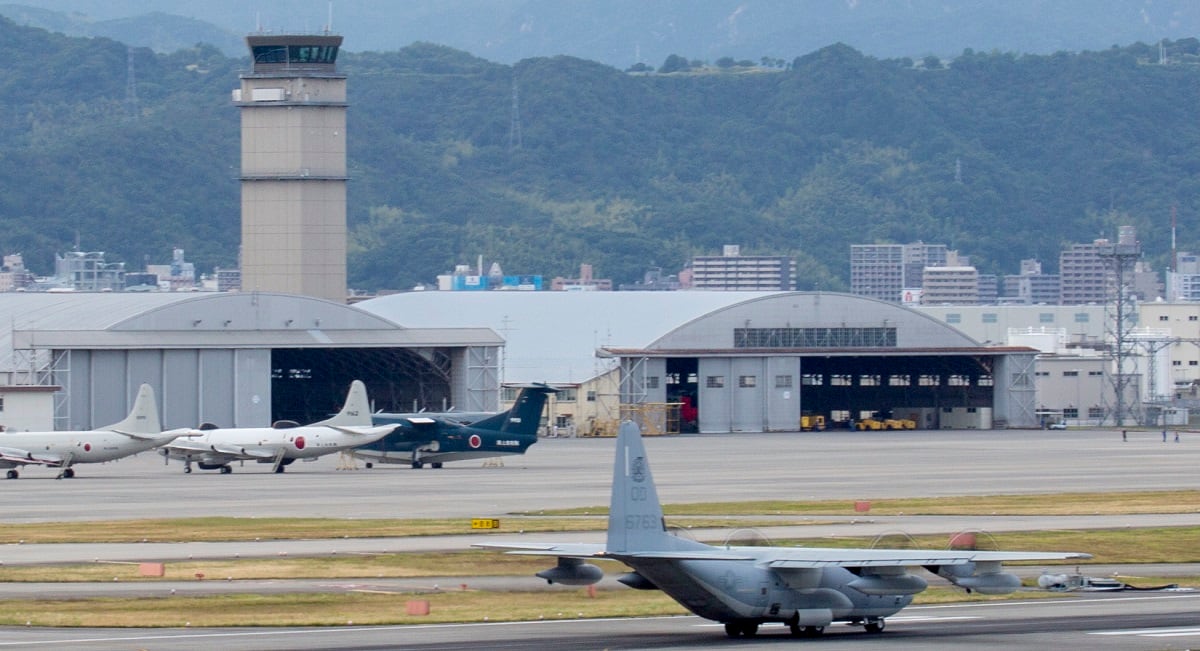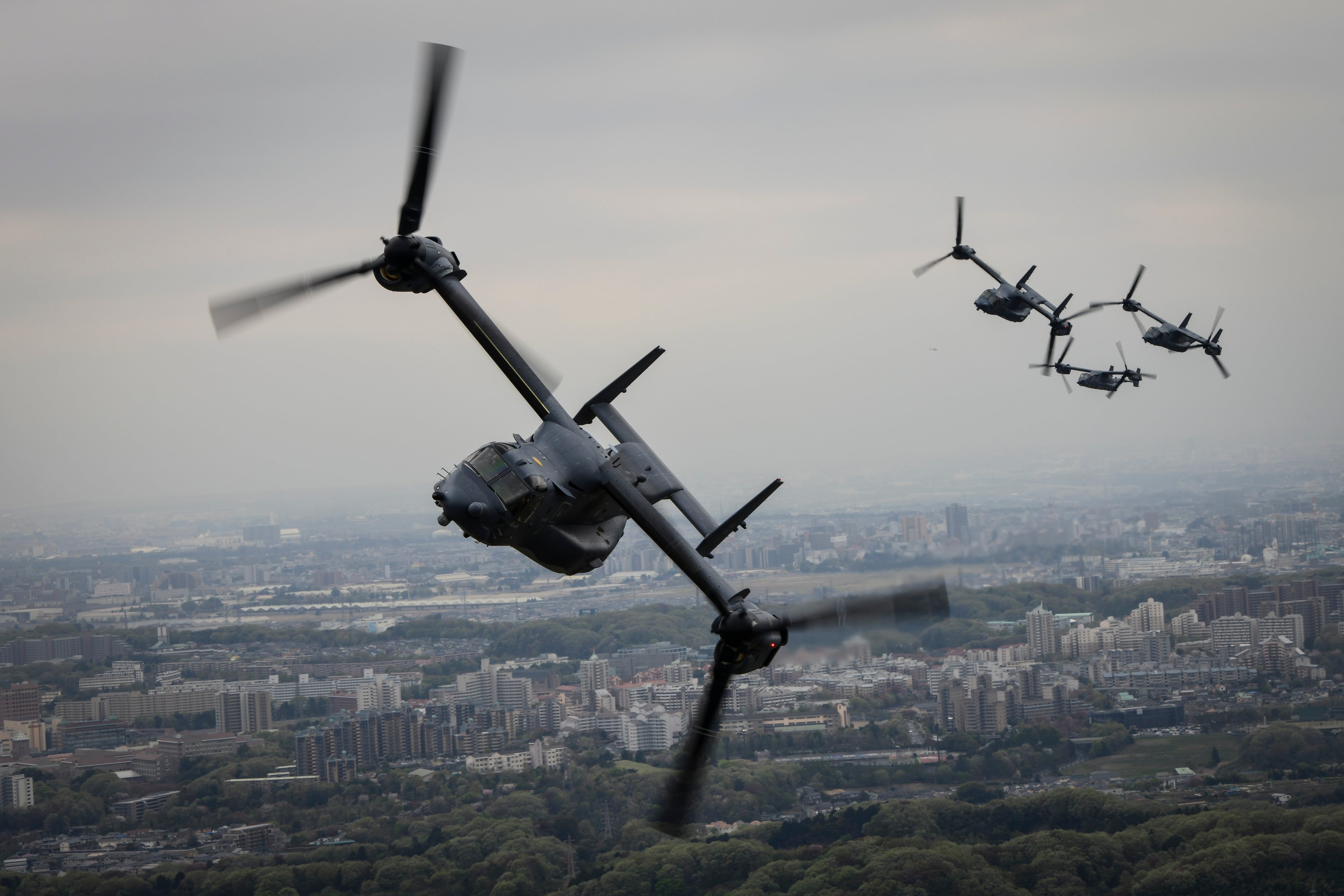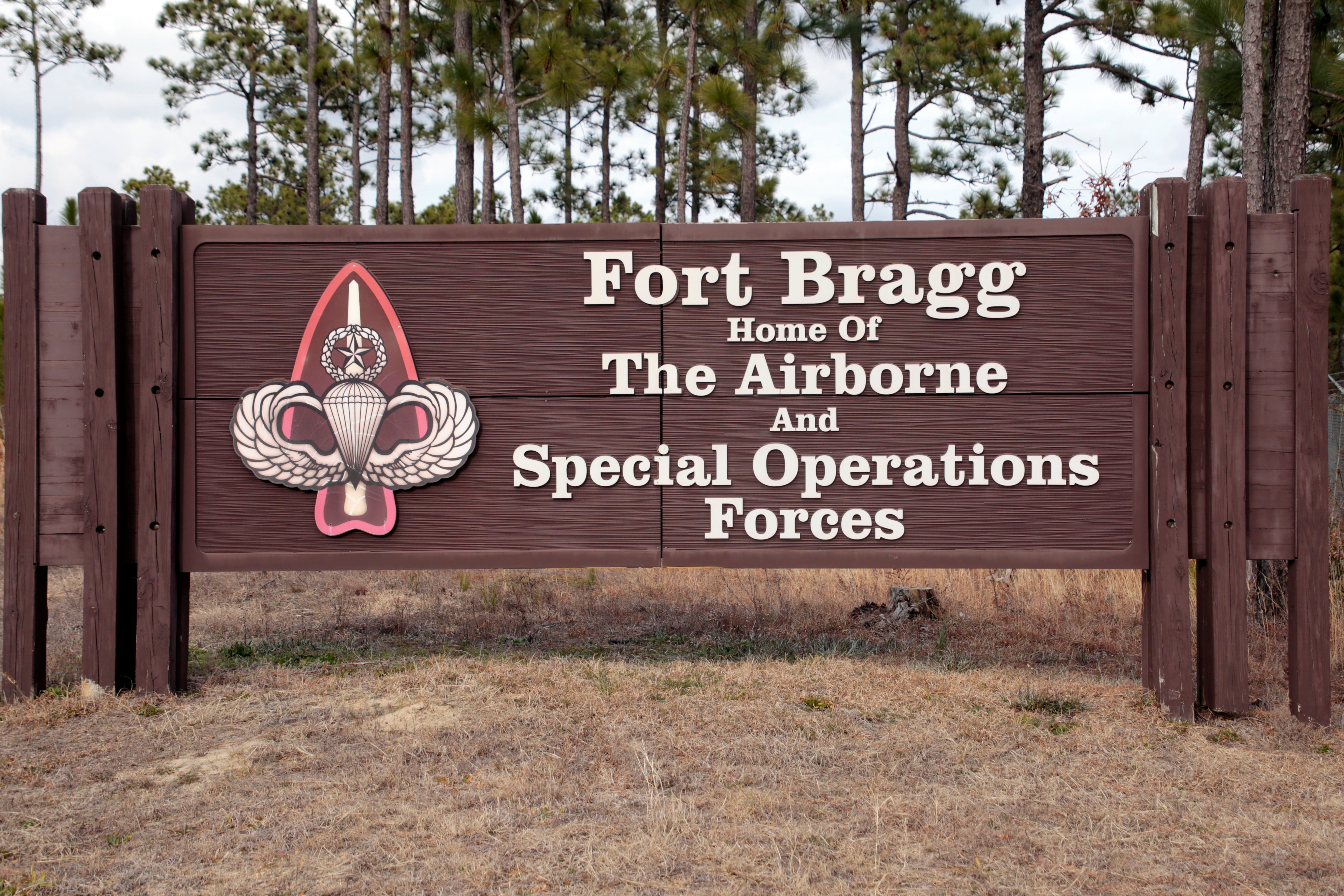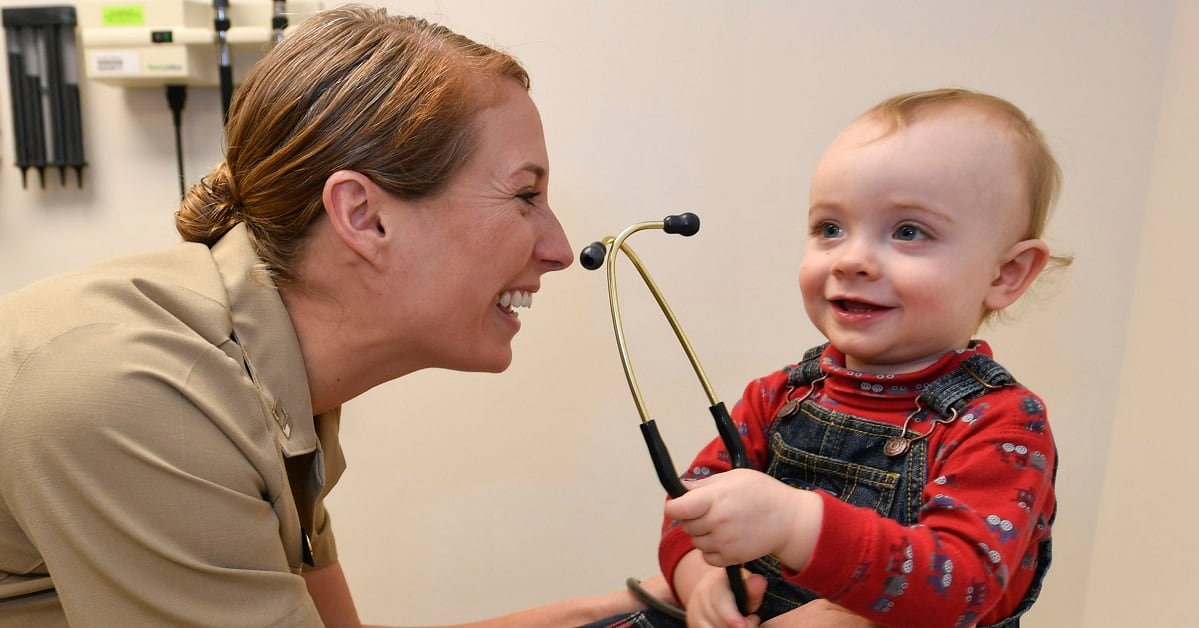A massive search and rescue operation is still underway for five Marines missing off the Japanese coast, which now includes Air Force special operations assets and elite pararescuemen.
The rescue effort follows a midair collision between a C-130 carrying five Marines and an F/A-18 fighter jet with a crew of two.
Two Marines have been found, with one listed in fair condition and the other declared deceased, military officials announced.
“The search and rescue operations continue for the remaining five U.S. Marines who were aboard the KC-130 Hercules and F/A-18 Hornet involved in a mishap about 200 miles off of the coast of Japan around 2:00 a.m. Dec. 6,” the Marines said in a command release.
RELATED

The rescue operation — which includes support from the Japan Maritime Self-Defense Force, the Japanese Coast Guard and U.S. Navy 7th Fleet — was also joined by U.S. Air Force special operations assets and elite pararescuemen.
The 353rd Special Operations Group out of Kadena Air Force Base, Japan, has provided three MC-130s and three CV-22s, along with Airmen from the Kadena’s 320th Special Tactics Squadron — most of whom are pararescuemen, according to Capt. Amanda Farr, a spokeswoman with Air Force Special Operations Command. Farr later said on Thursday that a fourth Osprey had joined the search.
The Air Force’s elite pararescuemen are trained to rescue and provide emergency medical treatment for downed aircrews in nearly any clime or terrain, including rescues in open oceans.
The CV-22 is the special operations variant of the Corps’ tilt rotor MV-22 Osprey.

The Japanese Ministry of Defense announced at a news conference that it had provided three ships: a rescue submarine named JS Chiyoda and two training ship destroyers, JS Setoyuki and JS Yamayuki.
Japanese air assets to include variants of the UH-60 were also aiding in the rescue.
The Yokota air base was slated to dispatch some of its C-130s, according to Col. Mark Mullarkey Col. Mark Mullarkey, commander of the 374th Operations Group, 374th Airlift.
The Navy’s sub-hunting P-8 Poseidon with 7th Fleet out of the Kadena air base was also among search and rescue assets looking for the missing Marines.
“The circumstances of the mishap are currently under investigation,” the Marine Corps release said. “There is no additional information available at this time.”
Shawn Snow is the senior reporter for Marine Corps Times and a Marine Corps veteran.
Stephen Losey is the air warfare reporter for Defense News. He previously covered leadership and personnel issues at Air Force Times, and the Pentagon, special operations and air warfare at Military.com. He has traveled to the Middle East to cover U.S. Air Force operations.
Tara Copp is a Pentagon correspondent for the Associated Press. She was previously Pentagon bureau chief for Sightline Media Group.





